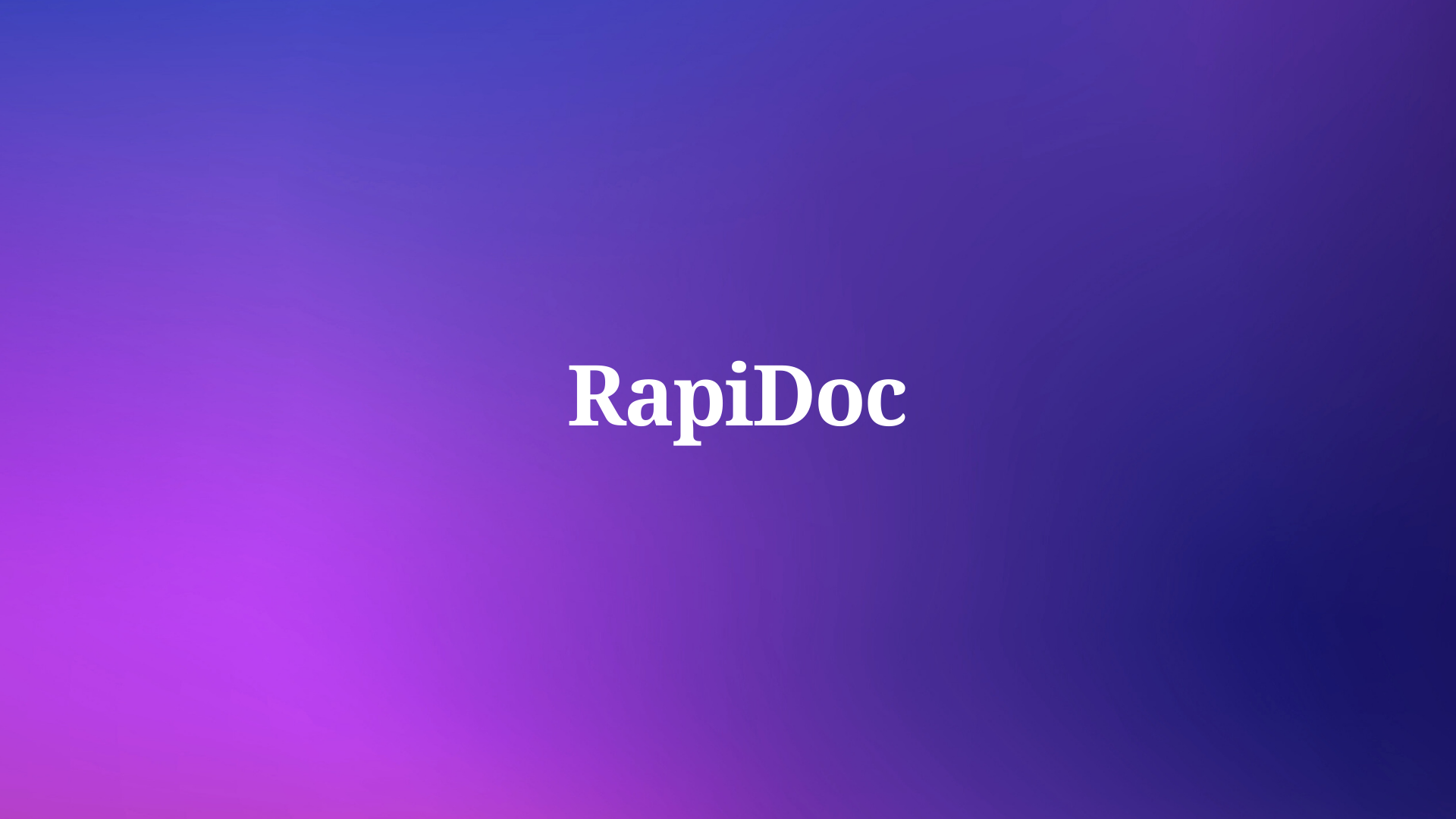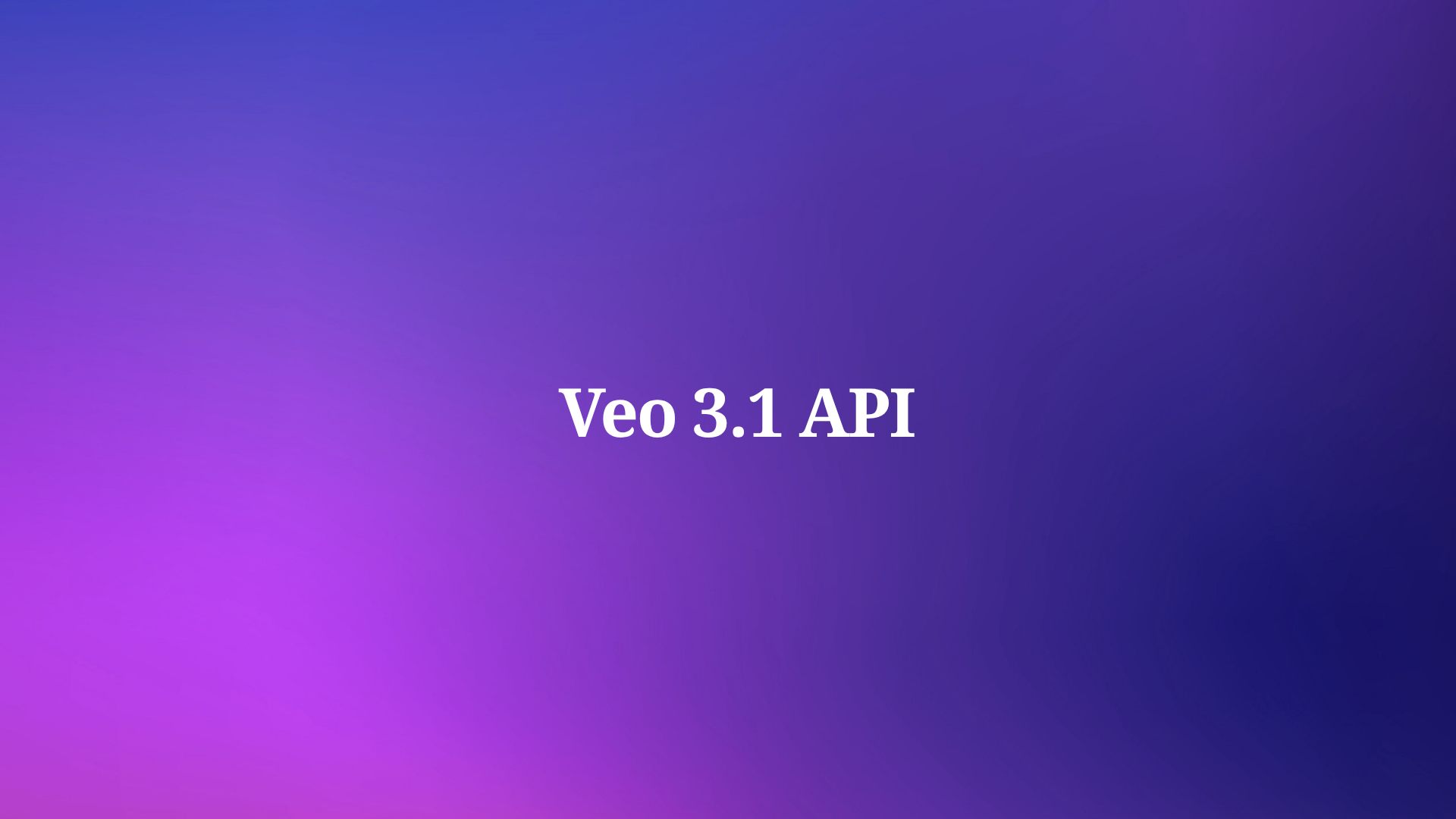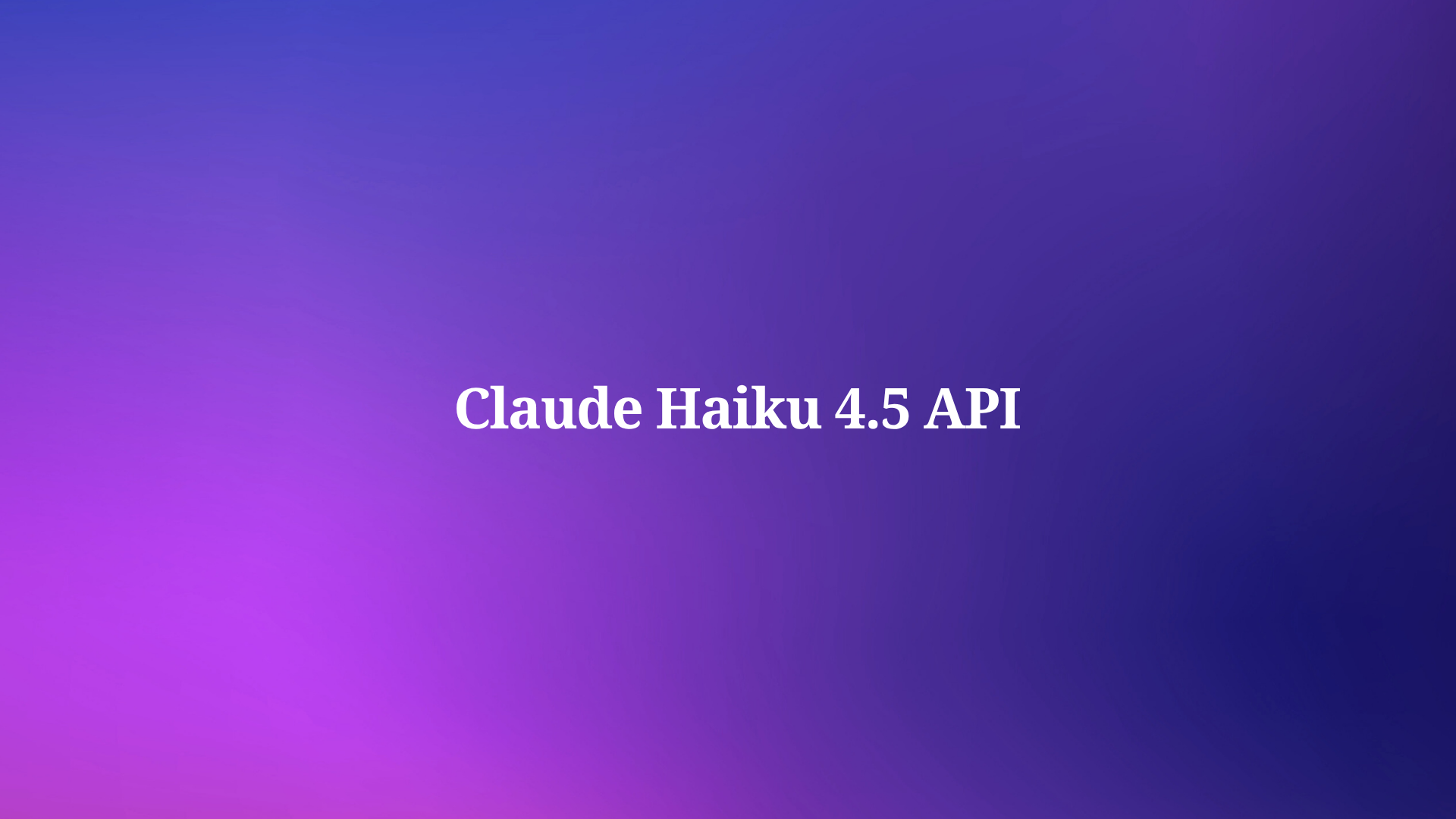API documentation tools continue evolving at breakneck speed. Meanwhile, developers search for solutions that combine simplicity with powerful features. RapiDoc has served many teams well, but questions arise about its place in today's competitive landscape. Understanding your options becomes crucial for making informed decisions about your API documentation strategy.
What Is RapiDoc and Why Do Developers Use It
RapiDoc stands as a web component-based viewer for Swagger and OpenAPI specifications. Loved by tech writers, designers, dev-ops, testers and developers alike, due to its simplicity, interoperability and powerful features. No special build-steps, runtime or framework required. This lightweight approach makes RapiDoc particularly appealing to teams seeking straightforward implementation without complex setup procedures.
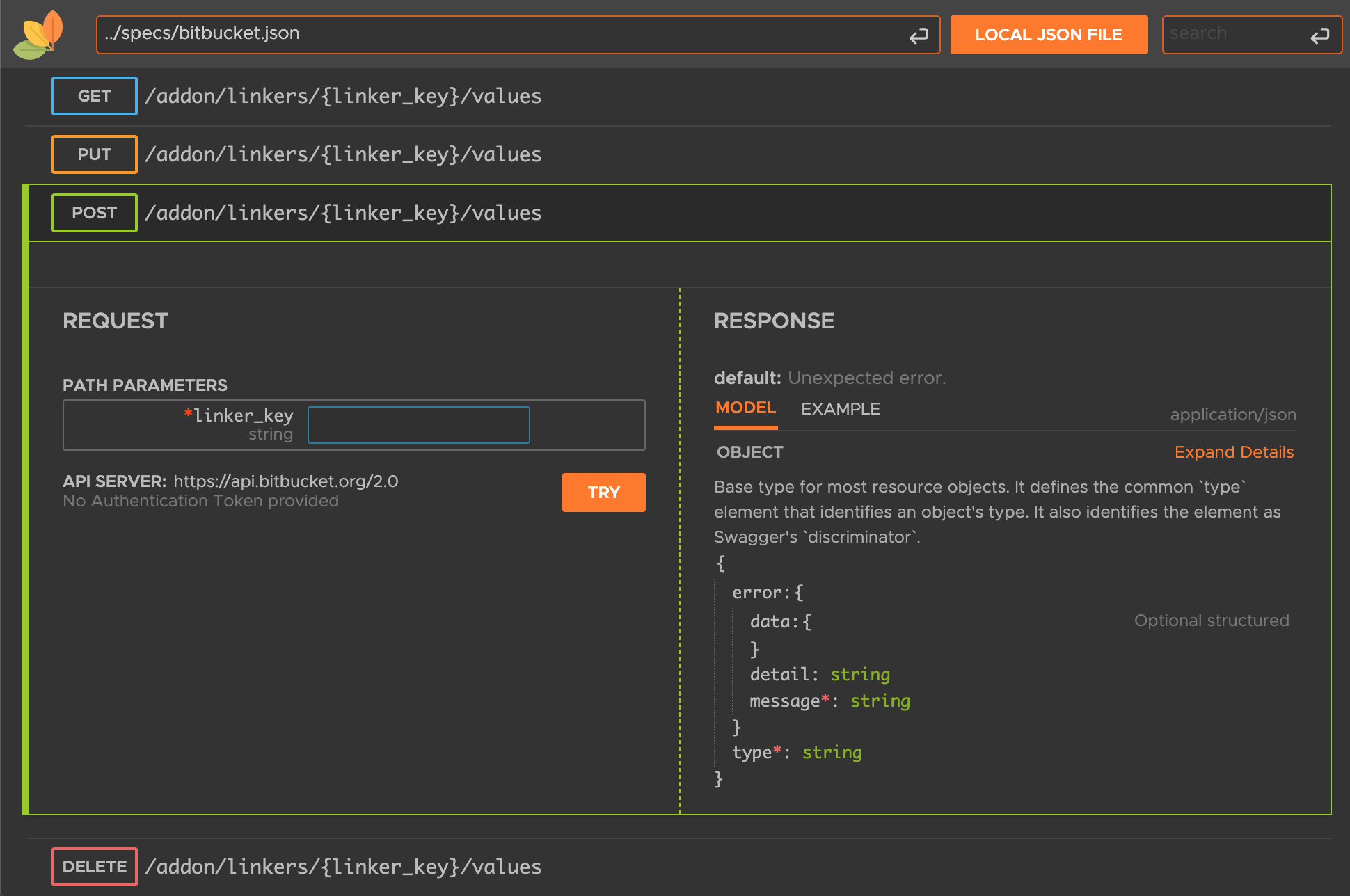
The tool focuses primarily on displaying API specifications in a user-friendly format. Developers appreciate its minimal configuration requirements and straightforward integration process. However, modern API development demands extend far beyond simple documentation display. Teams require comprehensive platforms that support the entire API lifecycle, from design through testing to deployment.
Key Features That Made RapiDoc Popular
RapiDoc gained traction through several compelling features that addressed common documentation pain points. Comes with built in console to Try out the APIs. Supports authentication mechanism. No validation ensures, you can test negative cases. These capabilities allowed developers to interact directly with APIs without leaving the documentation interface.
Furthermore, RapiDoc offered customization options that helped teams maintain brand consistency. Put your own Logo, Change Header Color, Fonts, Button and Text Colors to match your organization's visual identity. This branding flexibility proved valuable for companies wanting to present professional, cohesive documentation to their API consumers.
The tool also emphasized user experience improvements. Browse the spec with minimal clicks. All models & examples are expanded by default, eliminates the need to click and reveal. Requests and Responses are pre-populated with sample data. These interface optimizations reduced friction for developers exploring API endpoints and understanding implementation details.
Current Limitations of RapiDoc in Modern API Development
Despite its strengths, RapiDoc faces significant limitations in today's API development environment. The tool primarily functions as a documentation viewer rather than a comprehensive API development platform. Modern teams require integrated solutions that support design, testing, monitoring, and collaboration within a single environment.
Version control and team collaboration present additional challenges with RapiDoc. The tool lacks advanced collaboration features that enable multiple team members to work simultaneously on API specifications. Moreover, it doesn't provide sophisticated version management capabilities essential for enterprise API development workflows.
Integration limitations also constrain RapiDoc's usefulness in complex development environments. While it handles basic API display effectively, it struggles to connect with modern CI/CD pipelines, automated testing frameworks, and comprehensive API management platforms that have become standard in professional development environments.
Top RapiDoc Alternatives for Modern API Documentation
Apidog - The Complete API Development Platform
Apidog emerges as the leading alternative to RapiDoc, offering a comprehensive platform that addresses modern API development needs. Unlike traditional documentation tools, Apidog provides an integrated environment for designing, testing, documenting, and monitoring APIs throughout their entire lifecycle.
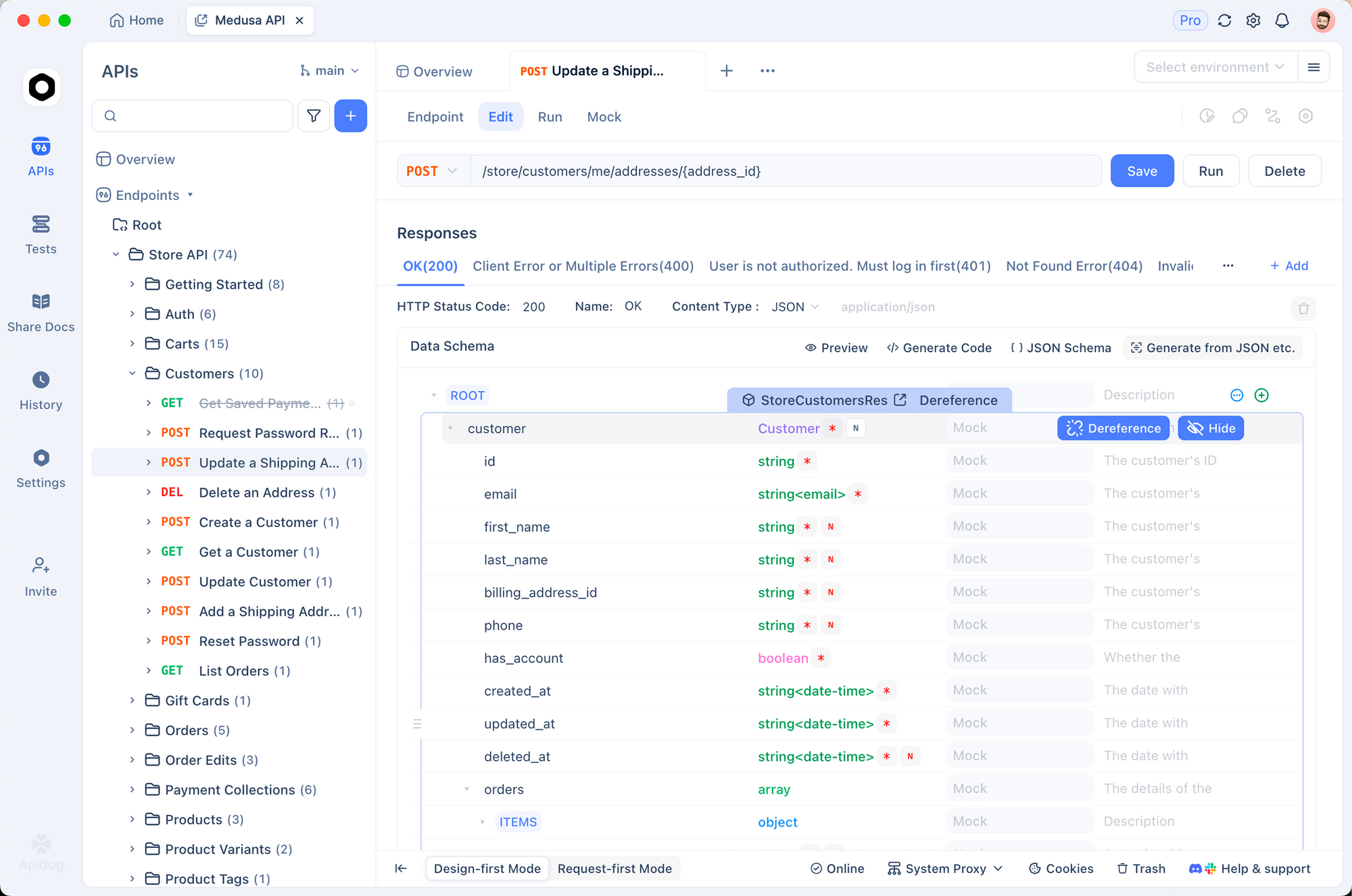
The platform combines visual API design tools with powerful testing capabilities. Teams can create API specifications using an intuitive interface, generate comprehensive documentation automatically, and perform extensive testing without switching between multiple tools. This unified approach significantly improves development efficiency and reduces context switching overhead.
Apidog supports collaborative development workflows through real-time editing, commenting, and review features. Team members can work together on API specifications, share feedback instantly, and maintain synchronized documentation across all project stakeholders. Additionally, the platform integrates seamlessly with popular development tools and CI/CD pipelines, making it suitable for enterprise environments.
Swagger UI - The Traditional Choice
Swagger UI remains a popular choice for teams already invested in the OpenAPI ecosystem. The tool provides robust documentation generation capabilities and extensive customization options. However, it requires more technical setup compared to modern alternatives and lacks integrated testing and collaboration features.
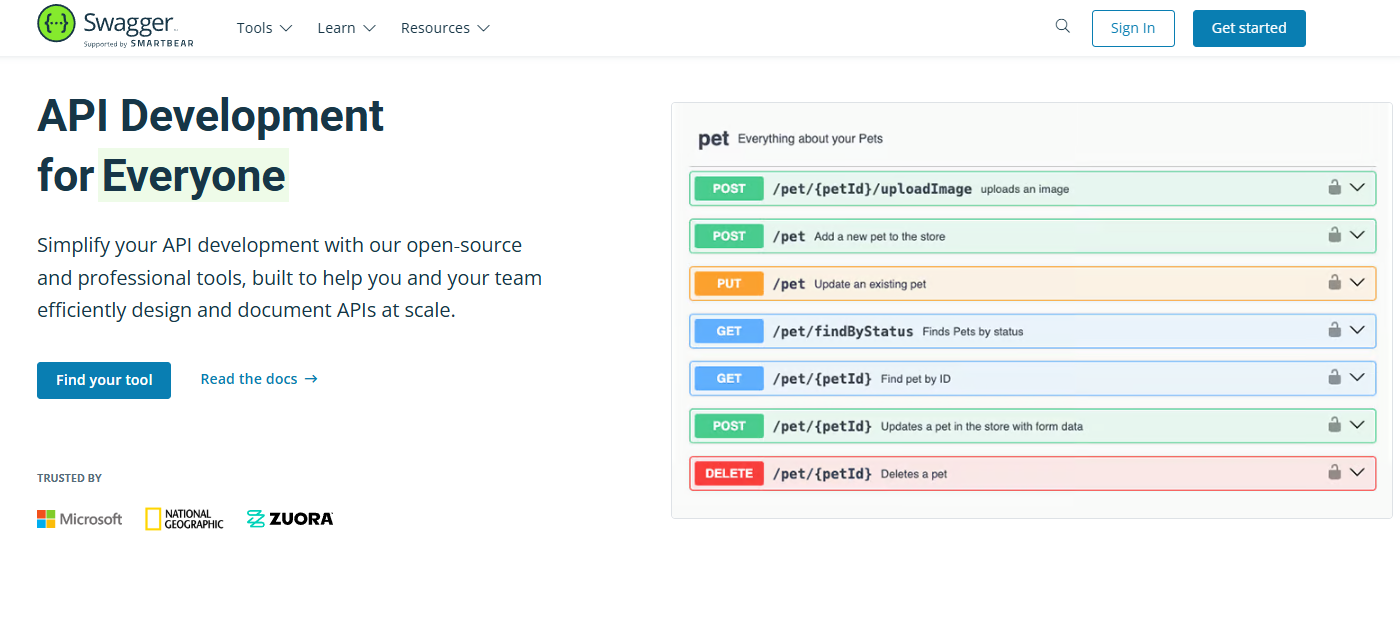
Postman - The Testing-Focused Solution
Postman offers strong API testing capabilities alongside documentation features. The platform excels at request management and automated testing but requires additional tools for comprehensive API design and lifecycle management. Teams often find themselves juggling multiple platforms to achieve complete API development workflows.
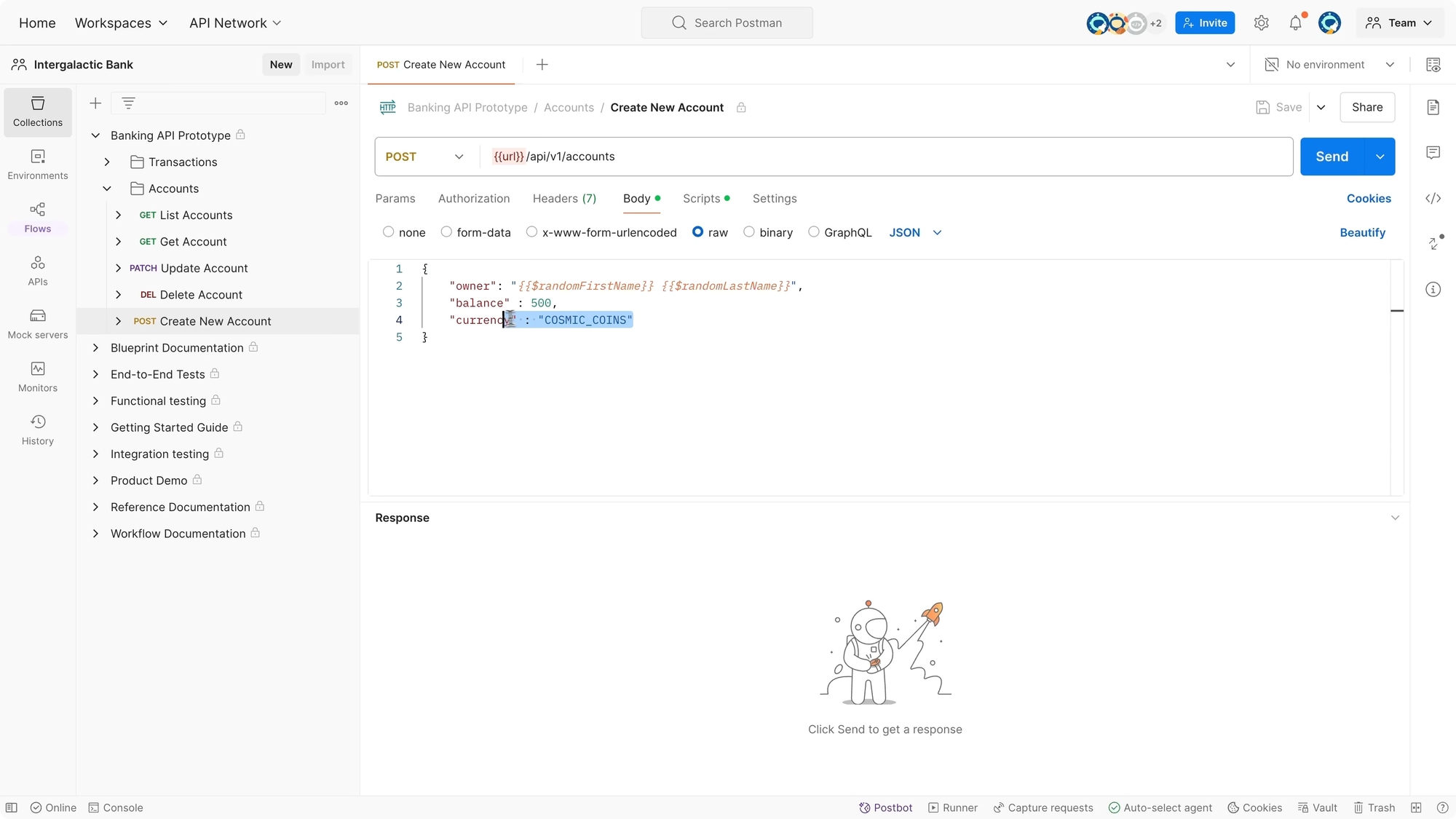
Insomnia - The Developer-Centric Option
Insomnia focuses on providing excellent developer experience for API testing and debugging. While it handles request management effectively, it lacks comprehensive documentation generation and collaborative design features that modern API teams require.
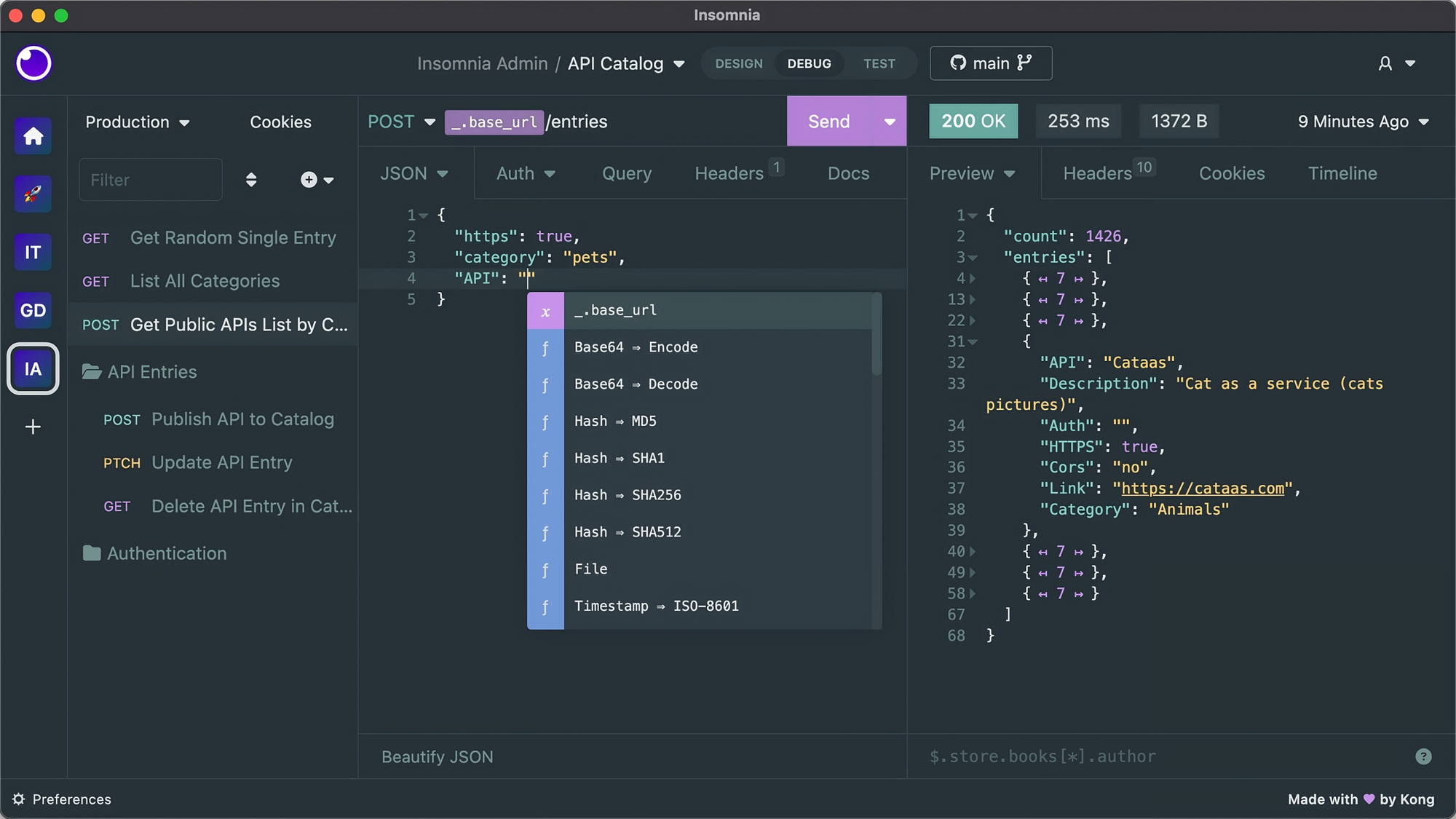
Why Teams Are Switching From RapiDoc to Apidog
The migration from RapiDoc to Apidog stems from evolving API development requirements. Traditional documentation tools no longer satisfy teams building complex, production-grade APIs. Instead, developers need platforms that support the entire API lifecycle within a cohesive environment.
Apidog addresses these requirements by providing design-first API development capabilities. Teams can create API specifications visually, generate comprehensive documentation automatically, and implement robust testing strategies without learning multiple tools. This integrated approach reduces learning curves and improves overall productivity.
Collaboration features represent another significant advantage of Apidog over RapiDoc. Modern API development involves multiple stakeholders including designers, developers, testers, and product managers. Apidog facilitates communication between these roles through shared workspaces, real-time editing, and comprehensive review workflows.
Performance and Implementation Comparison
Performance characteristics differ significantly between RapiDoc and modern alternatives like Apidog. RapiDoc's lightweight nature makes it suitable for simple documentation display scenarios. However, this simplicity becomes a limitation when teams require advanced features like automated testing, mock servers, or comprehensive API monitoring.
Apidog balances performance with functionality by providing a cloud-based platform that scales automatically. Teams don't need to worry about infrastructure management or performance optimization. Meanwhile, the platform delivers enterprise-grade features without compromising on speed or reliability.
Implementation complexity also varies considerably between these tools. RapiDoc requires minimal setup but offers limited functionality. Conversely, Apidog provides comprehensive features while maintaining user-friendly setup procedures. Most teams can begin using Apidog productively within minutes rather than hours or days required for complex toolchain integration.
Cost Analysis - RapiDoc vs Modern Alternatives
RapiDoc offers cost advantages for teams requiring basic documentation display functionality. The open-source nature eliminates licensing costs, making it attractive for budget-conscious organizations. However, hidden costs emerge when teams need additional tools for testing, collaboration, and API management.
Apidog provides transparent pricing that includes comprehensive API development capabilities. The platform offers generous free tiers for individual developers and small teams. For larger organizations, the pricing remains competitive when considering the cost of maintaining multiple separate tools for API design, testing, documentation, and monitoring.
Total cost of ownership calculations favor integrated platforms like Apidog. While individual tools might appear cheaper initially, the cumulative cost of licensing multiple solutions, training team members, and maintaining integrations often exceeds the price of comprehensive platforms.
Integration Capabilities and Ecosystem Support
Integration support represents a critical factor in tool selection for enterprise environments. RapiDoc provides basic integration capabilities suitable for simple documentation embedding scenarios. However, it lacks sophisticated integration options required for modern development workflows.
Apidog excels at ecosystem integration through comprehensive APIs, webhooks, and plugin architectures. The platform connects seamlessly with popular development tools including GitHub, GitLab, Jira, and Slack. Moreover, it supports CI/CD pipeline integration, enabling automated documentation updates and testing workflows.
Version control integration particularly highlights the differences between these platforms. While RapiDoc requires manual synchronization with specification changes, Apidog automatically tracks versions, manages conflicts, and maintains comprehensive change histories. This automation prevents documentation drift and ensures consistency across development teams.
Security and Compliance Considerations
Security requirements continue growing in importance for API development tools. RapiDoc's client-side nature provides certain security advantages but limits authentication and access control capabilities. Organizations with strict security requirements often find RapiDoc insufficient for protecting sensitive API specifications.
Apidog implements enterprise-grade security features including role-based access controls, single sign-on integration, and comprehensive audit logging. The platform supports compliance requirements for regulated industries while maintaining usability for development teams. Additionally, Apidog provides secure sharing capabilities that enable controlled access to API documentation for external stakeholders.
Data residency and privacy considerations also favor comprehensive platforms like Apidog. The platform offers clear data handling policies, geographical data storage options, and GDPR compliance features that many organizations require for API development tools.
Making the Right Choice for Your Team
Selecting the appropriate API documentation tool depends on your team's specific requirements and development maturity. RapiDoc remains suitable for teams needing basic documentation display without additional API development features. However, most modern development teams benefit from comprehensive platforms that support the entire API lifecycle.
Consider your team's collaboration requirements, integration needs, and growth projections when making tool selection decisions. Teams planning to scale their API programs should invest in platforms like Apidog that can grow with their requirements rather than forcing tool migrations later.
Evaluation periods provide valuable insights into tool suitability for your specific use cases. Most modern API platforms offer generous trial periods that enable thorough testing with real projects and team workflows. Take advantage of these opportunities to validate tool capabilities before making long-term commitments.
Conclusion - The Evolution Beyond Traditional API Documentation Tools
API documentation has evolved far beyond simple specification display. Modern development teams require comprehensive platforms that support collaborative design, automated testing, and integrated development workflows. While RapiDoc served its purpose in simpler times, today's API development demands exceed its capabilities.
Apidog represents the next generation of API development platforms, combining the simplicity that made RapiDoc popular with the advanced features modern teams require. By choosing comprehensive solutions over traditional documentation tools, teams position themselves for success in increasingly complex API landscapes.
